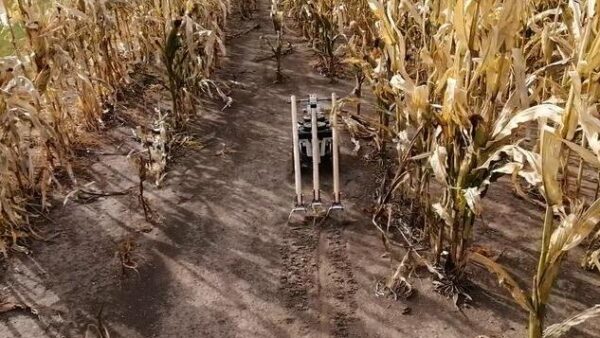Income statements and balance sheets are basic financial tools that drive business decisions. One summarizes business operations. The other is a snapshot of assets, liabilities and equity. Here’s how they work:
Income statements
An income statement shows revenues and expenses over a specific period that resulted in either a profit or loss for the operation.
For example: A livestock producer will capture sales, changes in inventory values and the sale of capital assets as revenue. Wages, feed, insurance and interest are recorded as expenses. Other non-cash expenses can include the depreciation of capital assets, such as breeding livestock.
Farm managers rely on income statements to review operational efficiency and make changes as needed, like reducing costs. They can also compare their statement to the expected profitability of agriculture overall to identify potential challenges their value chain partners might face.
The income statement will reveal if production and the bottom line are growing simultaneously. A net profit here can support the operation’s position when discussing future strategy, such as expansion plans, with key stakeholders and financial advisors.
Balance sheets
A balance sheet details the assets (what a business owns), liabilities (what it owes) and owners’ equity (net worth, the value of investments made). It captures a single moment in time, detailing the financial health of the business.
Assets are current or fixed:
- Current: cash, prepaid products or services, accounts receivable and inventories that can be converted to cash during one normal operating cycle
- Fixed: resources needed to sustain long-term business activities, including buildings, land and equipment
Liabilities are current or long term:
- Current: inventory, supplies or equipment purchased on credit to be paid in the upcoming operating cycle
- Long term: mortgages and long-term loans from financial institutions or others
A combo for success
Your balance sheet, combined with an income statement, are used to assess four components of financial performance:
- Profitability – ability to generate a return on equity
- Liquidity – ability to meet current financial commitments
- Solvency – ability to repay long-term debt
- Efficiency – competitiveness of an operation
How’s your farm financial fitness? Learn more at fcc.ca/AgEconomics.













